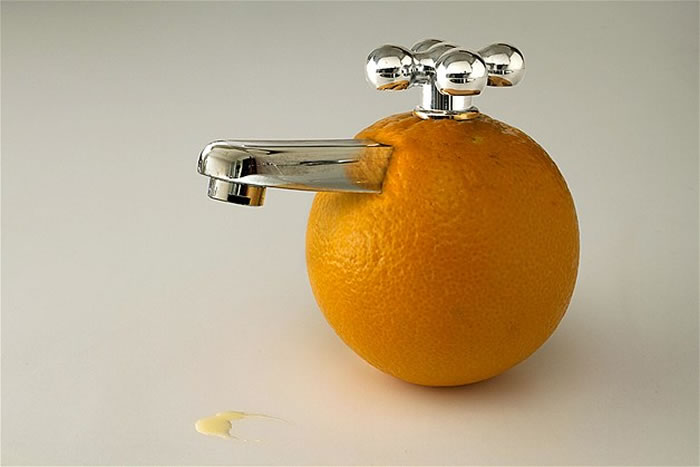
Entropy is defined as a lack of order or predictability; and is synonymous with deterioration, degradation and collapse. Conceptual art is seen as a deterioration (or entropy) of the what is considered the traditional aesthetic.
 In The Mathematical Basis of the Arts Joseph Schillinger places art into five zones, each replacing the other:
In The Mathematical Basis of the Arts Joseph Schillinger places art into five zones, each replacing the other:
1. Pre-aesthetic, the biological stage of mimicry.
2. Traditional-aesthetic, a magical ritual-religious art.
3. Emotional-aesthetic, artistic expression of emotion, self-expression, art for art’s sake.
4. Rational-aesthetic, characterized by empiricism, experimental art, novel art.
5. Scientific, Post-aesthetic, which makes possible the mass production and distribution of art ending finally with a disintegration of the art.
Through these five zones, a breakdown and merging of conceptual and aesthetic art can happen when the work is visually and theoretically complex.
Now, if one were to add in the ideas of Solomon Lewitt in his Sentences on Conceptual Art we are able to get a better definition, a more descriptive definition, of conceptualism.
The eighth sentence says “When words such as painting and sculpture are used, they connote (signify) a whole tradition and imply a consequent acceptance of this tradition, thus placing limitations on the artist who would be reluctant to make the art that goes beyond the limitations.” This would be the reason conceptual artists are using new medium and building or destroying new things rather than sculptures or paintings. For instance with Spiral Jetty, Robert Smithson was not trying to create a sculpture that reached out into water, he was creating a new landscape, and not through painting or photography which had been done, but through deterioration. His use of emotional-aesthetic, rational-aesthetic, and scientific and post-aesthetic in the Spiral Jetty also supports the Greenbergian theory “art for art’s sake” in that it is not so much about the final product, but the artist expressing himself.

The most enticing aspect of Conceptual art is that it can consist of anything. From Happenings, to art galleries and museums, selling a painting on the street or protesting, and it can take place anywhere, encompassing the space. Which brings us back to the definition of entropy meaning a lack of order and predictability. Conceptual art is the entropy (deterioration) of what is thought of as aesthetically pleasing and Schillinger’s Pre and Traditional-Aesthetics. Conceptual once again stretches the borders of what art can be and connects the viewer and the artist through a shared experience.
